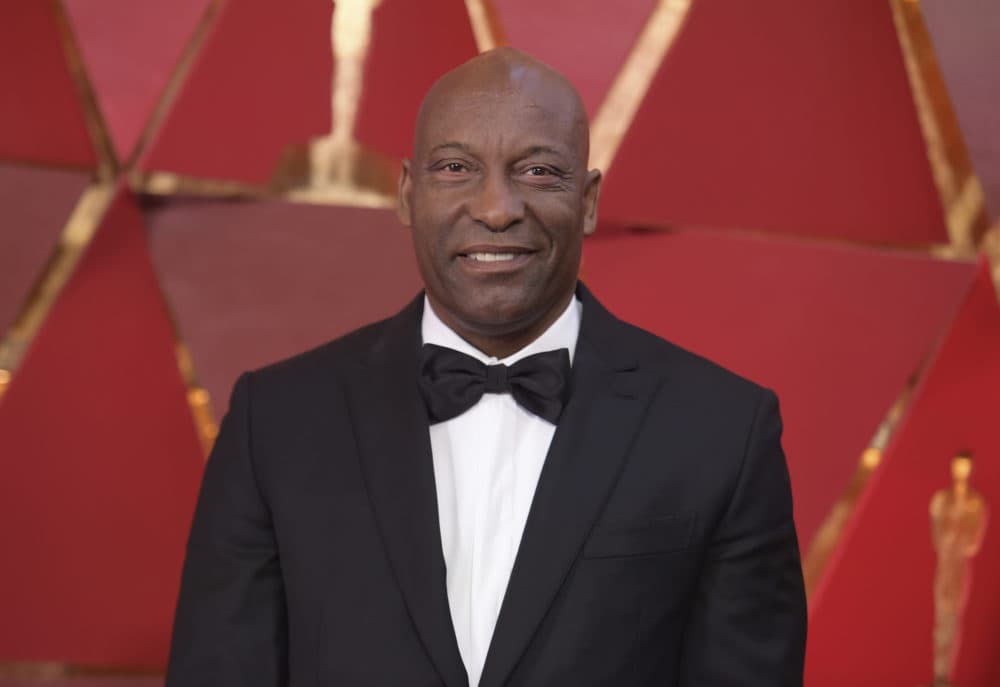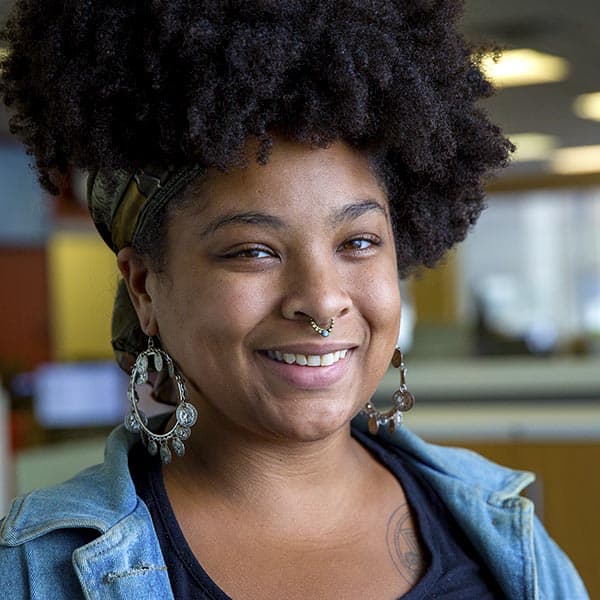Advertisement
Commentary
Flawed And Nuanced, John Singleton's Films Immortalized A Generation Of Blackness

On Monday, film director John Singleton was taken off of life support after suffering a stroke and falling into a coma. An outpouring of condolences, many of them steeped in the nostalgia of Singleton’s long roster of film work saturated the internet. The spirit of resilience and resistance epitomized Singleton’s career, which kicked off in 1991 with the critically acclaimed "Boyz n the Hood."
If you grew up in or around a Black household, chances are you or your parents or your cousins or your aunts or uncles had one of Singleton’s works on VHS (and eventually DVD). I still remember my mom rushing me out of the living room as “Boyz n the Hood” played on the television screen behind her. I was way too young to see Ricky Baker shot through the chest or to witness Tre carry Ricky’s bloody body back home to his family. Almost 30 years later, the film still hits Black people squarely in the gut.
From “Boyz n the Hood” to “Baby Boy” to “Rosewood,” Singleton captured singular angles of Black life and canonized them. Like Singleton himself, his films also had flaws. The protagonist in "Baby Boy," played by Tyrese, is a verbally abusive narcissist who regularly threatens to beat his girlfriend (Taraji P. Henson). There’s been rightful criticism about the portrayal of Black motherhood, and women, in “Boyz n the Hood." But in all of their gritty, trauma-ridden (and problematic) glory, Singleton’s movies portrayed Black people as nuanced vessels of happiness, of dreaming, of wishing and hoping. He portrayed us as more than the wounds the hood and white supremacy inflict on Black bodies.
A native of South Los Angeles, Singleton directed “Boyz n the Hood” as a recent graduate of USC School of Cinematic Arts and was nominated for a 1992 Academy Award for it. He was the first Black person (and the youngest) nominated for Best Director, an often overlooked feat when examining Singleton and how his work shaped Black film and culture.
At the time, various media outlets posited “Boyz n the Hood” as a vehicle of violence after fights broke out during and after the film’s opening-night. Over 20 theaters nationwide pulled the film but Singleton pushed on, saying, “because my film has a Black cast, it gets pulled — just like that.” “Boyz n the Hood” went on to be nominated for three Academy Awards, raking in over $10 million in its first weekend. The film was strangely prophetic in the way it portrayed police enforcement’s relationship with Black people in the hood. Just a year after its 1991 release, the Los Angeles Riots broke out after the acquittal of the police officers involved in the beating of Rodney King.
Singleton’s career heralded a golden age of Black cinema that includes other cult classics like the Hughes brothers' “Menace II Society,” Hype Williams' “Belly” and Ernest R. Dickerson’s “Juice." There was something elegant in the way Singleton portrayed Blackness and urban life, simply because these things weren’t used solely as storytelling conceits or as fuel for plot twists. “I think I was living this film before I ever thought about making it,” he said in an interview about “Boyz n the Hood.”
Advertisement
Often set on the West Coast, Singleton’s films provided an alternate view of Black life in contrast to precedents set by Spike Lee’s New York based "She's Gotta Have It" and “Do The Right Thing." Films like “Baby Boy” and “Poetic Justice” highlighted the power dynamics (and struggles) between Black women and men and works like “Higher Learning” unpacked the growing racial tensions building in the '90s. At the nexus of Singleton’s work was an unflinching view into Black life.
Movies like “Baby Boy” and “Poetic Justice” are also persistent centers of dialogue in Black culture. The prescient nature of Singleton’s work transformed his films into more than just movies; they became integral parts of our culture. Will anyone ever forget Taraji P. Henson incessantly screaming “I hate you!” before her and Jody have passionate sex on her bed? Will the fiery disdain turned love between Janet Jackson’s character Justice and Tupac Shakur’s Lucky ever go out of style?
As Doughboy points out in the last moments of “Boyz n the Hood,” society at large “don't know, don't show or don't care about what’s goin’ on in the hood.” But Singleton did just that, managing to capture the prism of Blackness. He held it up to the light to clearly illuminate all of the colors that make up the Black experience. His work defined an era for many of us, and for some of us, our childhoods.
We knew that all of those colors existed in our lives. Singleton was one of those rare filmmakers who managed to immortalize it all on screen.
